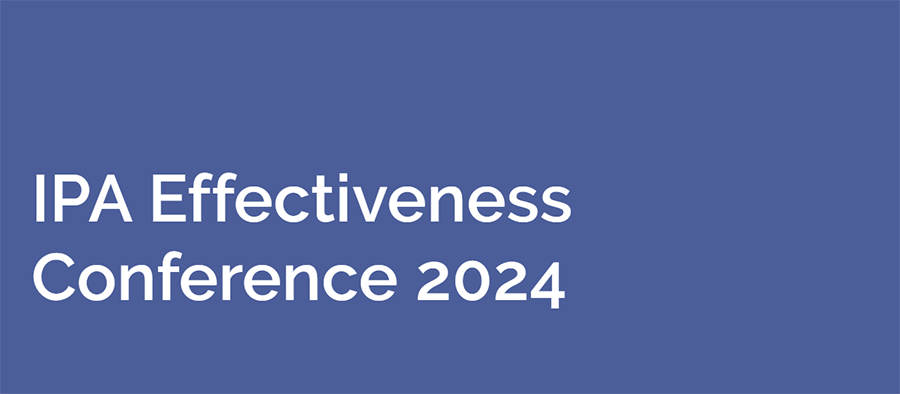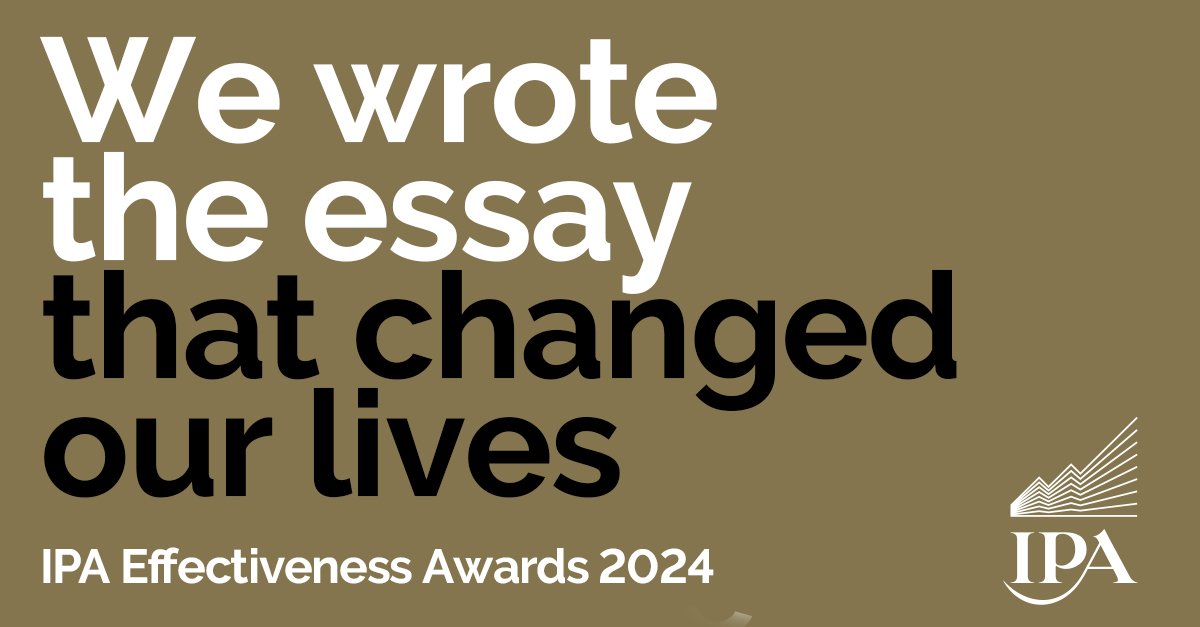I recently delivered a guest lecture to a US university’s Digital Marketing class. The most common question that came from the students was about what kind of roles would exist for new graduates when they enter the world of work.
It’s a tough question to answer, and it speaks to the disruption that’s coming for organisations with the adoption of generative AI (Artificial Intelligence) and LLM (Large Language Models) tools.
So what can we do to alleviate these concerns? Let me set the scene for the mindset shift we all need to adopt to successfully use these tools to power business change.
Navigating Change in Uncertain Times
Change is one of the most challenging aspects to influence in a large, complex organisation. When faced with deadlines and the pressures of the day-to-day, the most comforting response is to get your head down, ignore alternatives and resort to working in the ways you’ve always known and trust.
This is especially true of the change offered by AI and Large Language Models (LLMs), like Claude, Chat GPT, Gemini etc. in particular. It may sometimes feel that the whole world is adopting Generative AI into its ways of working. But the reality is that the vast majority of knowledge workers are not using these tools, and if they are, they’re not using them to their full capability.
The potential these tools offer to drive efficiencies in organisations’ operational, customer experience and growth efforts is huge. The challenge comes from planning, implementing and reinforcing this change in the business. This is a continual journey that we are on at Anything is Possible and one we invite you to join.
The first step is to adopt the right ways of thinking about AI. These are tools, not replacements for people, so we need to be approaching their use in the ways that enable us to adopt them most efficiently.
Demystifying AI and Challenging the Mindset
To start, it’s important to demystify what we mean by AI in the current context. An exercise that we often do in our AI Introduction training sessions is to ask ChatGPT to describe itself from two perspectives: that of a five-year-old and a working professional. The answers from both perspectives are illuminating.
When explaining to a child, the response says that ChatGPT has ‘learned a lot of information from books, websites, and other things on the internet’ and that it ‘uses all that knowledge to understand what you say and then tries its best to give you helpful answers or have a fun conversation’.
There’s a lot of truth here. Not only are the information sources right but the phrase ‘tries its best to give you helpful answers’ is critical. There’s no understanding in the way a human would when it comes to LLMs, the tools are looking for patterns across all that collected data in order to output the response that logically matches the patterns it’s observed.
When speaking to a working professional, ChatGPT goes into more specifics, talking about ‘natural language processing and machine learning’ and describing itself as an ‘AI assistant that can provide information, answer questions, and engage in conversations’.
There are two incredibly important topics to address in those two responses, firstly just because ChatGPT is using existing data to make patterns and connections for its responses, it doesn’t mean the tools can’t be used to enhance creativity and bring in new perspectives on business challenges. Secondly, the idea of engaging in a dialogue and using more advanced prompting approaches will always yield far more useful outputs than just putting in one prompt and using what comes out.
It’s Not a Story of Human Against Machine
So, this isn’t about human versus machine. It’s the relationship between us and AI that needs to change – this relationship is a mutually beneficial one. This is a common type of fear, that AI will overtake us and leave us with meaningless lives, but it’s a reductive approach, and as Ethan Mollick writes in his book Co-Intelligence:
“If we think that way, AI becomes a thing a handful of companies either builds or doesn’t build, and no one outside of a few dozen Silicon Valley executives and top government officials really has any say over what happens next.”
Going back to our introduction, it’s hard to drive any kind of change in a business, and it becomes impossible if the people we need to drive that change in have preconceived ideas of the technology we want them to adopt.
A key part of this mindset shift will be about changing the view on the two points we’ve just highlighted – that AI is a tool for creativity and that it should be treated as a co-worker or thought partner to get the most from its outputs. AI is a tool, and to think it’s going to replace us is “like saying a car can go faster than a human runner. Of course it can, and yet we don’t say that the car has become a better runner.”
AI needs us to learn, evolve and improve and we can use it to create efficiencies, optimisations and out of the box thinking, leaving room for more meaningful work and pursuits. It’s a win win.
The Accessibility of AI Today
The most exciting part of AI? Its accessibility. If you have access to the internet, you have access to some of these incredible tools.
One of the most fulfilling aspects of delivering our AI training sessions is how accessible they are. They’re not like expensive marketing automation tools or CRM systems that can have huge impact but with high barriers to entry in terms of cost or training. Everyone who participates in our sessions can get started with the tools straight away, and as mentioned, GPT-4o lowers the bar to entry even further by moving pro features to the free tool.
The best way to get started is simply to experiment with the tools, test out what they can do, try putting some of your challenges into the tools and play with what comes out.
Endless Opportunities
AI is rapidly changing the ways that we do so many things, from internal persona tools, content ideation, customer service, creative production, social posts, blog posts etc.
For example, at AIP we’re implementing AI solutions to help automate the repetitive (and therefore error-prone) tasks that a leading agency needs to do everyday. This ranges from using AI solutions to be more efficient at follow ups after meetings or drawing conclusions from large datasets, to building our own products that use AI to provide our clients with the insights they need from their media activity in real time.
To get you started on exploring some for yourself, here’s a list of tools we’re building and using internally and with our clients.
- Leap – using AI to improve the process of going from brief to live in the most seamless way.
- Custom GPTs – using data sources that AI doesn’t have access to, in order to build tailored tools for specific marketing tasks.
- SimpleSteps – building a prospect communication tool that uses the best of AI and behavioural science to deliver the right message to the right person across all comms channels.
- Market Research Explorer – streamlines Higher Education research process by aggregating and querying the latest market research reports, providing precise and rapid insights through an AI-powered chat interface to enhance strategic decision-making efficiently.
- Digital Twins – engage with digital personas of your audience segments, enabling immediate, dynamic feedback on marketing strategies, creative ideas, and copy.
This is Just The Beginning of AI
An interesting thought to leave you with is that AI tools like ChatGPT are the worst they’ll ever be, and the pace of change is rapid.
It’s key to keep at the jagged edge of what’s happening in the sector, and that’s why we’re launching a ‘State of AI’ webinar series later this month which will help you key abreast of the news, as well as useful hints and tips to get the most out of the technology.
Want to arrange AI training for your team? Get in touch with me.





